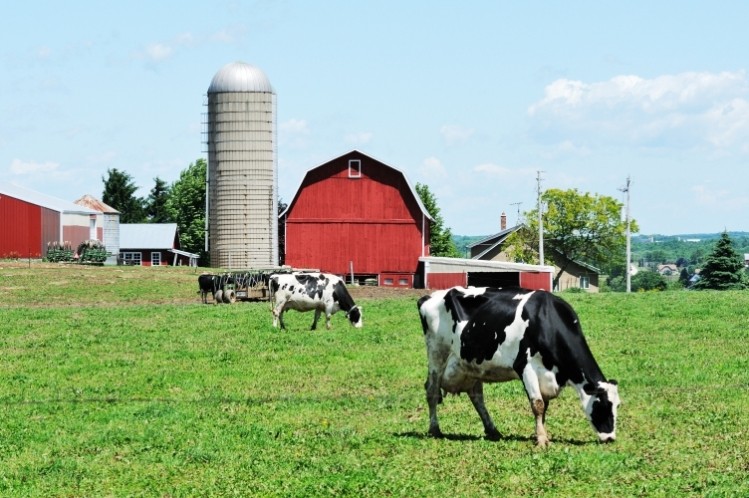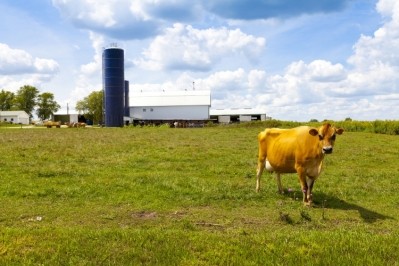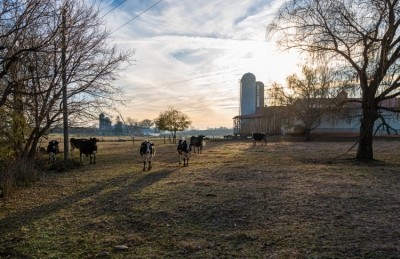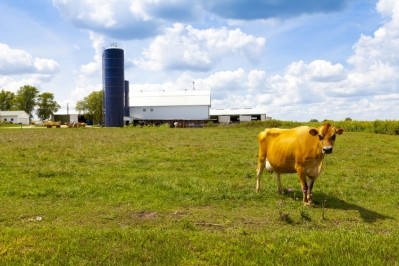NMPF and IDFA ask for federal assistance through Milk Crisis Plan

However, the American Dairy Coalition (ADC) says a key part of the plan is flawed.
NMPF president and CEO Jim Mulhern said, “As most of the country shelters in place and large swaths of the foodservice sector come to a standstill, dairy sales outside retail channels have plummeted. Market prices have fallen rapidly, creating a crushing economic outlook for producers of nutritious, and necessary, milk and dairy products.
“While no plan can wholly remedy the losses that are occurring, dairy is responding with a united plan that can help mitigate the damage caused to it by the COVID-19 pandemic. After extensive discussions across the industry, we have developed this comprehensive action plan to address many of the key marketplace challenges created by the pandemic and are presenting it to USDA.
“We will engage in discussions with USDA in the coming days to discuss the proposal, urging the department, as we know it will, to move quickly to address the effects of the pandemic on our industry. We also understand the demands being placed on USDA at this time. Nevertheless, after five straight years of poor milk prices that were just starting to improve before the pandemic hit, USDA’s immediate actions here will be critical to help people survive the market devastation that has occurred. We look forward to working closely with USDA as we fight for dairy farmers.”
The IDFA said it has worked day and night to ensure the federal government hears and understands the unique challenges facing the dairy industry because of COVID-19.
The group said through the CARES Act, Congress has deployed substantial financial resources to the U.S. Department of Agriculture to begin to address dairy’s unique plight.
“Our job, as key representatives of this industry, is to ensure USDA gets it right—that the assistance is robust, broad and strategic enough that it lifts all boats in a way that prevents long-term market impacts and preserves the supply chain so that the industry is able to hit the ground running once the COVID-19 crisis passes,” the IDFA said.
Milk Crisis Plan
The overview, called the Milk Crisis Plan, is being presented to Congressional Ag Committee Leaders, Secretary Perdue, and leadership at USDA and the White House, outlines how this crisis is affecting US dairy from farm to fork.
The IDFA said the main problem is clear: “We estimate that supply exceeds demand by at least 10% – a gap that could widen as supply increases to its seasonal peak and as “shelter in place” conditions endure.”
Ultimately, the IDFA said, the goal is to ensure the USDA and the Administration use every strategic tool in its arsenal to bring balance to the dairy industry as quickly as possible; and harness the productive capacity of US dairy to address the growing and widening food insecurity facing many Americans and others around the world.
The objectives of the plan are to use as many tools as possible – as quickly as possible – to bridge the supply/demand gap, provide aid to dairy farmers, and alleviate financial/liquidity risks across the supply chain.
The plan also aims to stabilize commodity markets, fill US food banks with dairy products to the growing number of people in economic distress, and immediately address food insecurity by removing restrictions that limit availability of dairy products across USDA food and feeding programs.
ADC weighs in
The ADC said that while it applauds the hard work put in on the Milk Crisis Plan, a very important change is needed by USDA to ensure the true intention of the milk production decrease program actually reduces supply.
The ADC said that, among the plan’s “producer initiatives” is a fatal flaw that could spur more market disruptions than it resolves: It proposes to pay dairy producers $3 per hundredweight on 90% of their production — if they cut production by 10% from a March 2020 baseline.
The ADC said the arbitrary March benchmark will not work.
For the dairy industry to have a meaningful and market-effective impact, production needs a different baseline — it must be seasonally adjusted and region specific, the ADC argued.
Dairy production traditionally drops during the nation’s warm weather months, so supply numbers are already sloping downward and are baked into production estimates. Asking producers to trim 10% from their March numbers would essentially mean little to no change in the nation’s milk product inventory, as that amount already is built in.
In addition, a one-size-fits-all proposal fails to account for the geographic differences built into the industry, the ADC continued. For example, an Arizona dairyman already produces 10.1% less during the proposed subsidizing period. As such, the current proposal merely subsidizes the normal curve.
Using the March baseline would lead to an insufficient decrease in milk inventory — one that does not account for market conditions, the ADC said. In the process, it would create more disruptions, not less, as the nation’s surplus would essentially remain in place.
The ADC is proposing a seasonally-adjusted, market-specific milk reduction — which takes into account the summer downturn and then trims dairy production beyond it — a measure it said will prove far more effective in realigning farm supply with current consumer demand.








